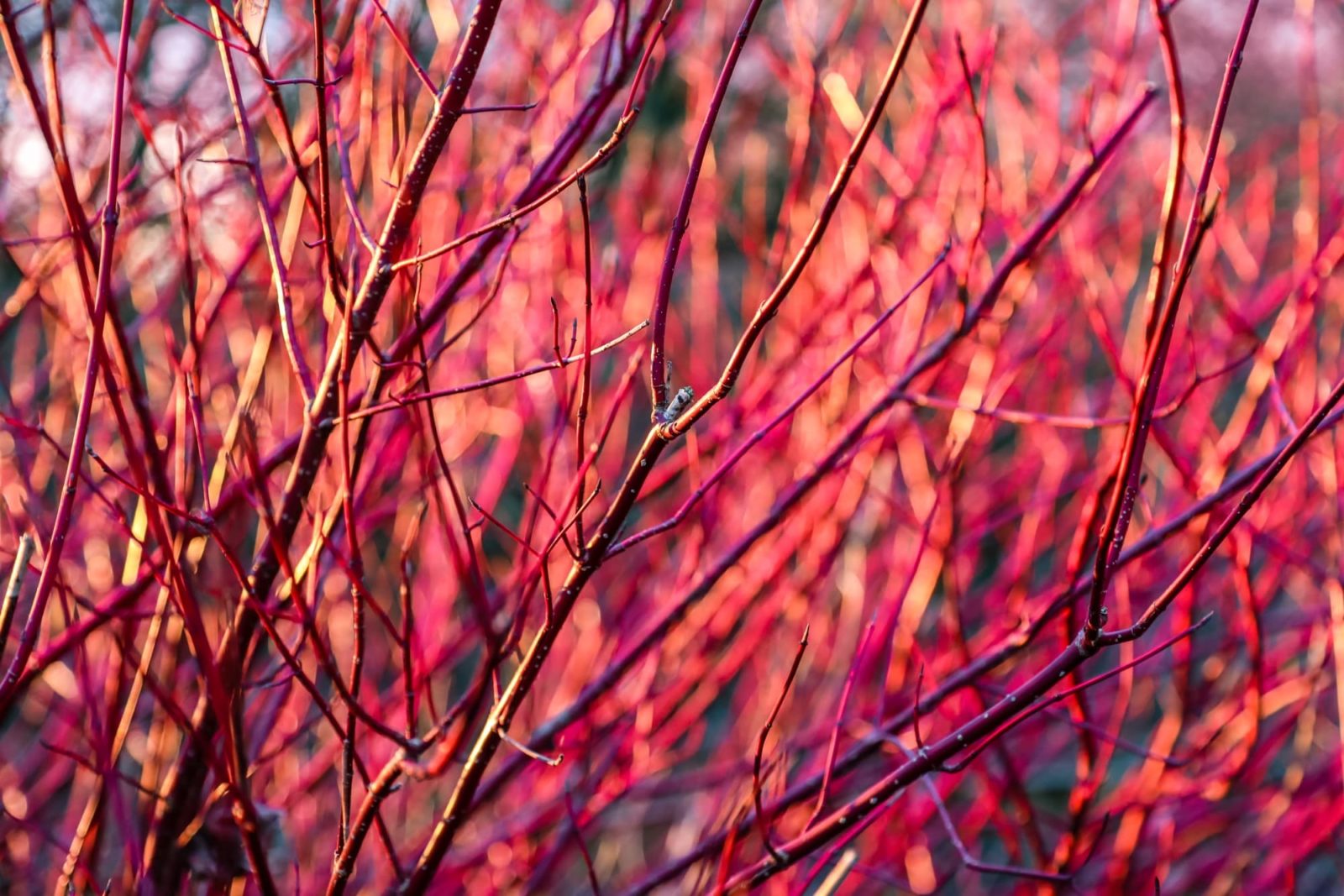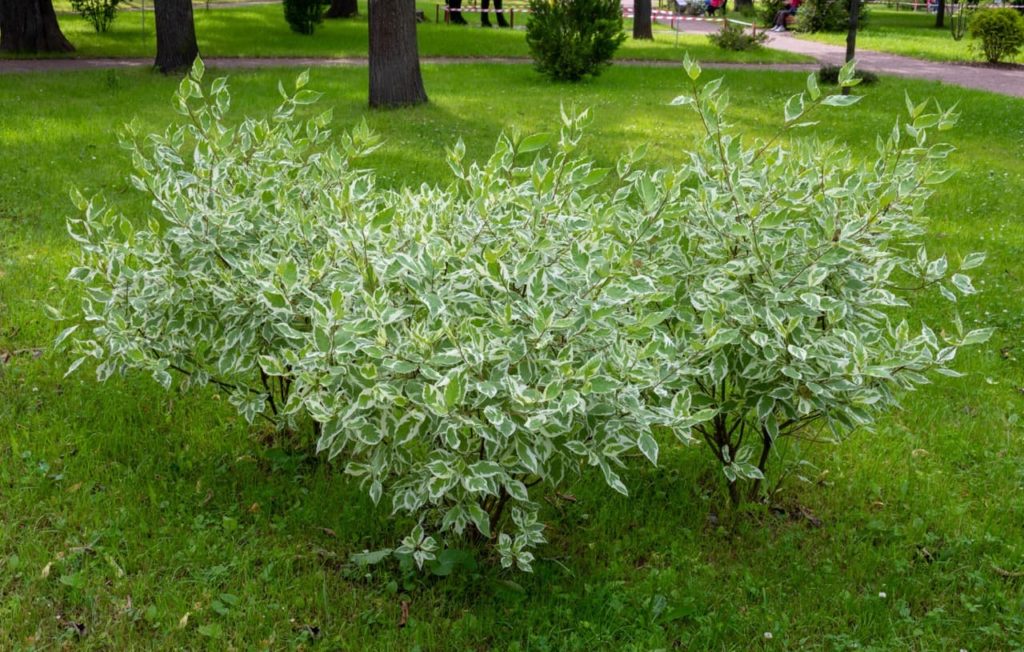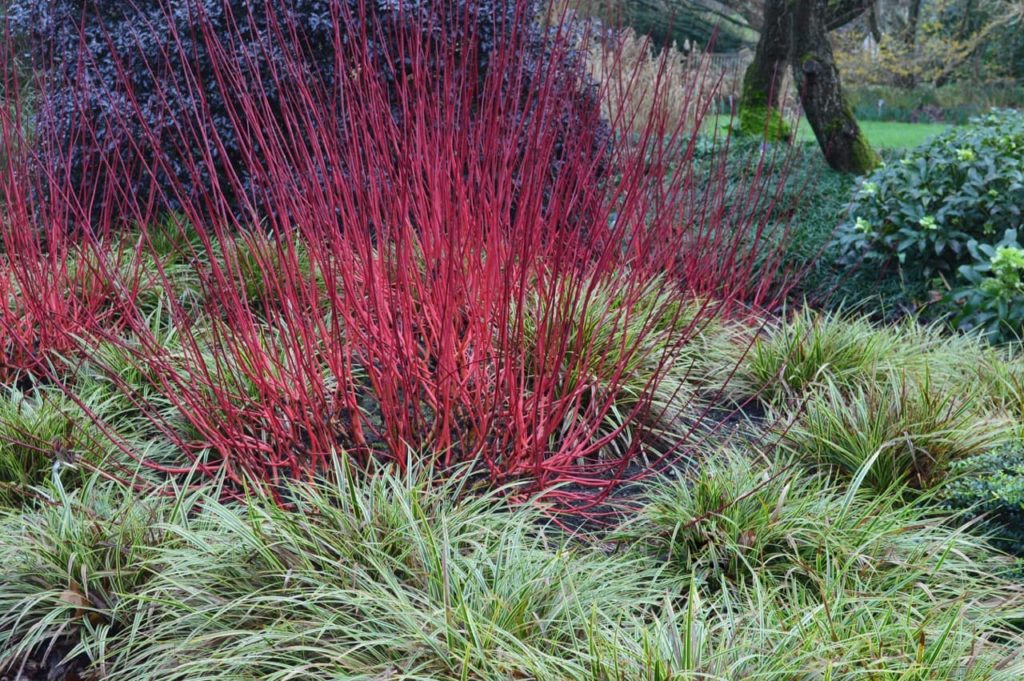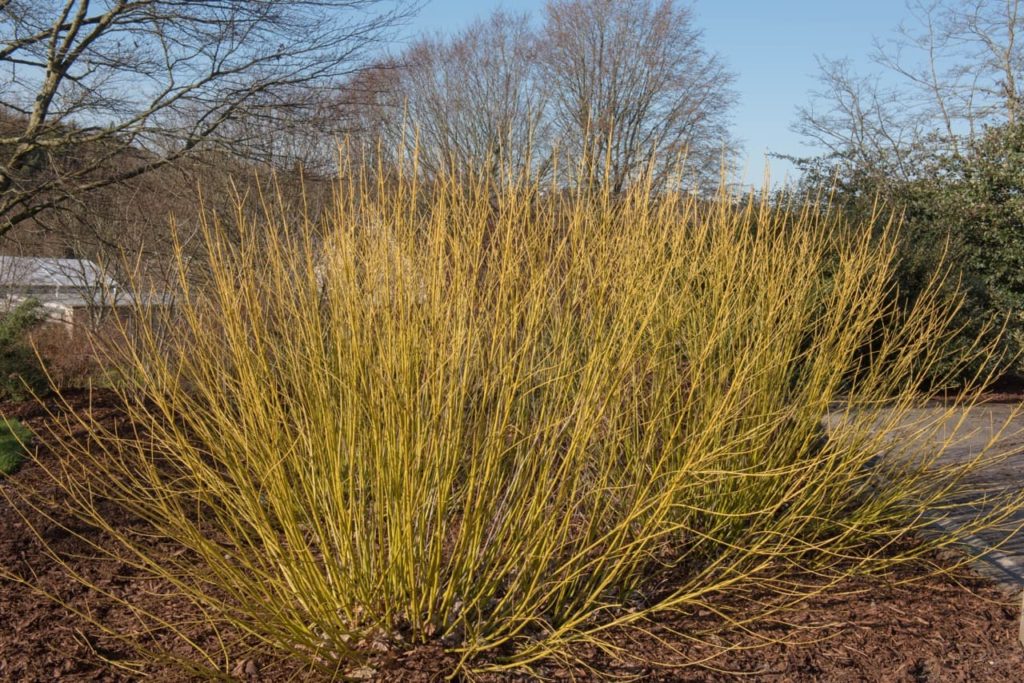Transplanting Dogwood? Minimise Root Damage By Pruning Top Growth Says Peter Lickorish

TREES > DOGWOOD > TRANSPLANTING

Elizabeth is a Permaculture Garden Designer, Sustainability Consultant and Professional Writer, working as an advocate for positive change. She graduated from the University of St. Andrews with an MA in English and Philosophy and obtained a Diploma in Applied Permaculture Design from the Permaculture Association.
Reviewed By PETER LICKORISH

Peter is a Horticulture Lecturer and self-employed Horticulturist, with a passion for diverse areas of the industry - from garden design to the science behind plant growth and propagation. He has completed the Royal Horticultural Society’s Master of Horticulture (MHort) Award and lectures on RHS courses at Bedford College.
DOGWOOD GUIDES
Container Growing
Pruning
Transplanting
Varieties
Dogwoods are shrubs and small trees in the Cornus genus.
There are options grown primarily for their flowers and others grown for their berries, autumn foliage or vibrant winter stems.
Dogwood shrubs can be transplanted at any time of year, but they might struggle to reestablish well if the weather is too dry and hot.
The time to plant or move them is typically between autumn and spring, during the dormant period, as bare-root plants.
Ideally, these shrubs are best moved in the autumn if possible.
To transplant a dogwood:
- Determine and prepare a suitable new location for the dogwood you are growing.
- Lift the plant from its current position (ideally in autumn).
- Using a spade, create your new planting hole.
- Place the plant in its new position and firm the soil around it.
- Water well and apply an organic mulch.
| Difficulty | Easy |
| Equipment Required | Spade, watering can, dogwood plant, mulch |
| When To Transplant | Autumn |
When To Transplant Dogwood
The best time to transplant a dogwood shrub is in the autumn.

While it is possible to move one through most of the year, this is the time that will make it easiest for the plant to become well-established in its new position.
Siting Your Dogwood Shrub
Where precisely you should place a dogwood shrub for best results depends on which species of Cornus you are dealing with.
The Cornus varieties that are grown for their vibrant stems in winter usually need a position in full sun with moist to damp soil.

Other types typically thrive in a sheltered as well as sunny position, with moist but well-drained soil that has a neutral to acidic pH.
It is important to know which dogwood you are growing so that you can match the new location to that plant’s specific growing and environmental needs, as this varied group of shrubs and small trees can have a range of distinct needs.
How To Transplant Dogwood
Ease a spade or fork in and under the edges of the existing plant, trying to lift and keep intact as much of the root system as possible.
Lift the plant up from the soil using the spade.
Dig your new planting hole large enough to comfortably accommodate the root system of the existing dogwood plant.
Place the plant in the soil, making sure that it sits at the same depth that it did in its previous position.

Firm the surrounding soil gently back around the plant with your heel.
To make sure that the plant gets off to the best possible start in its new location, water in well.
Then, spread an organic mulch around the base of the plant, ensuring that this is not touching the trunk or the stems.
The mulch will provide slow-release fertility, suppress weed growth and, crucially, help conserve moisture in the soil.
“Transplanting inevitably causes some root damage, so the plant’s ability to anchor itself and take up water is affected,” shares Horticultural Consultant Peter Lickorish.
“To compensate for this, prune back the top growth. If transplanting in autumn, this may be a light prune of around a third or a harder prune during drier summer weather.
“These plants’ knack for suckering means that young suckers can be lifted from one clump and transplanted somewhere else to establish a new clump, following a similar method. You will need to cut their point of attachment roughly 30cm from where the stems emerge.”
